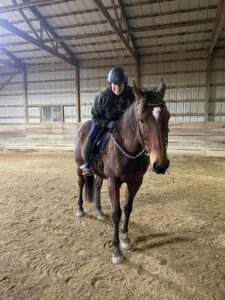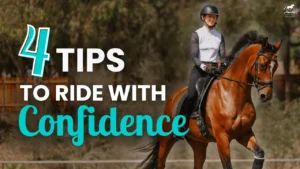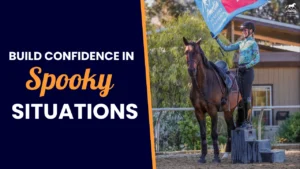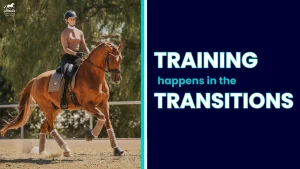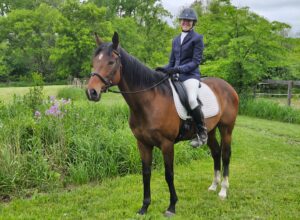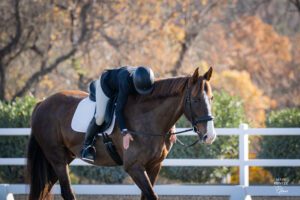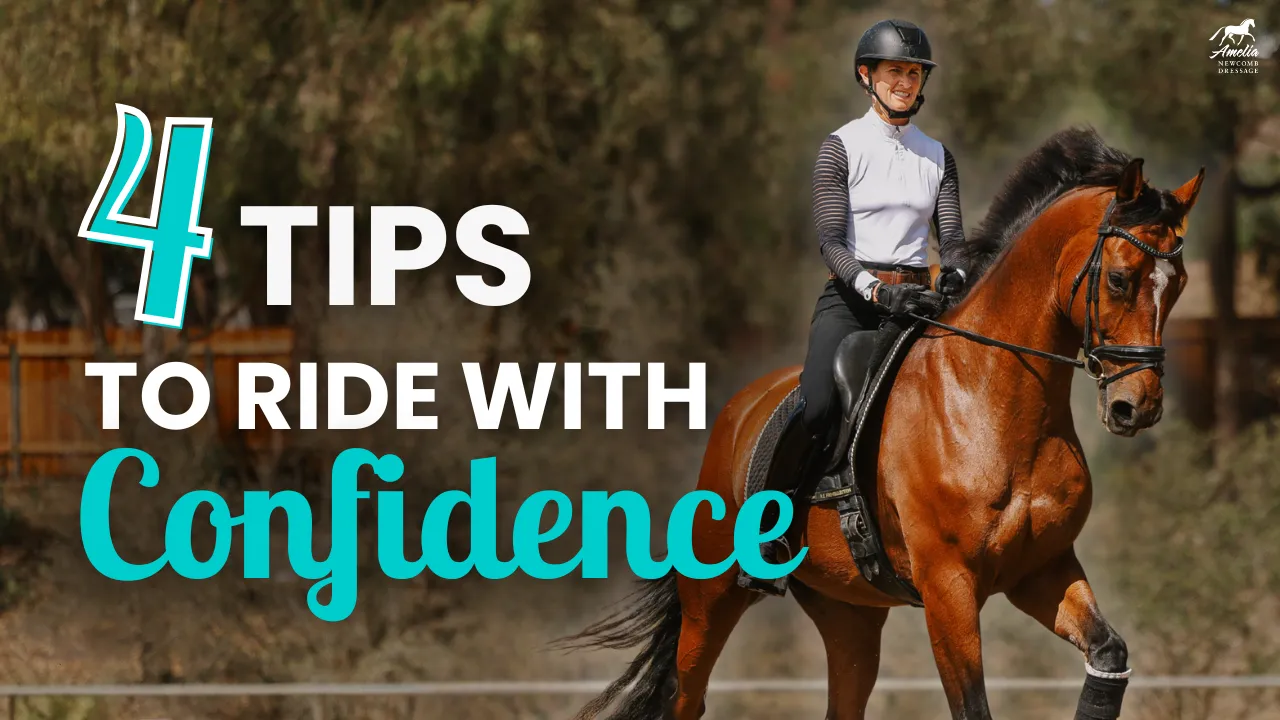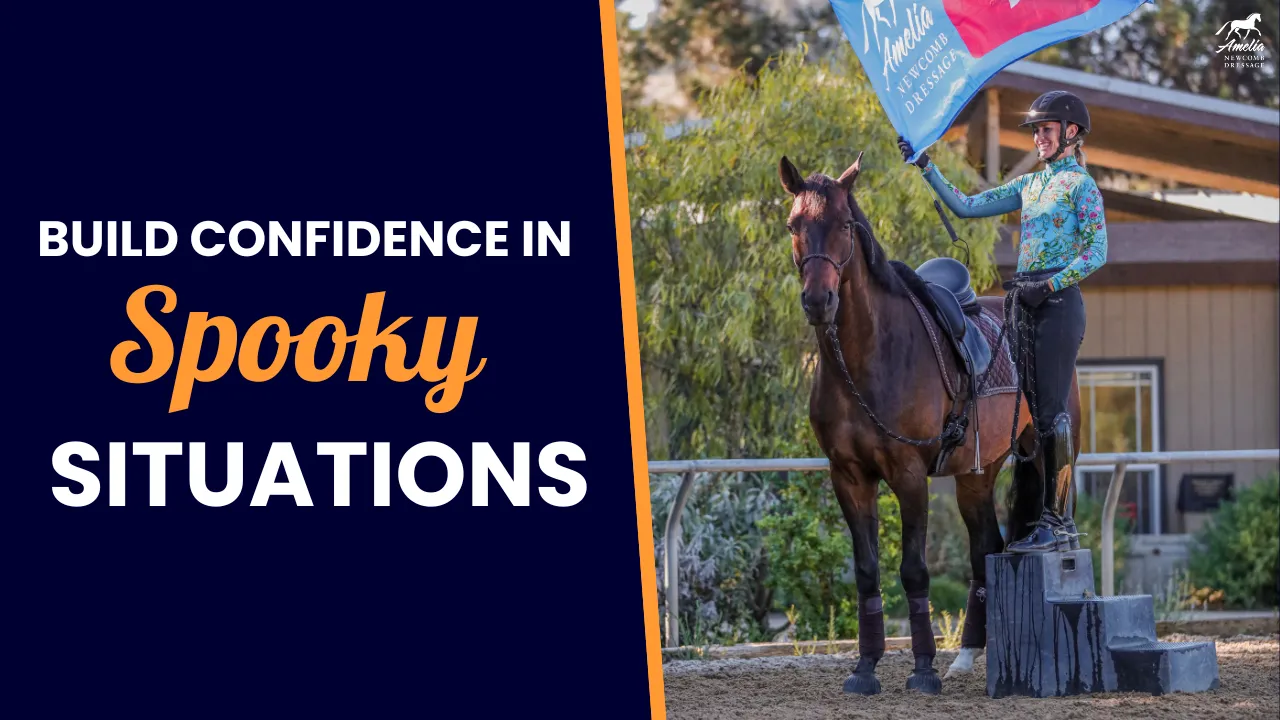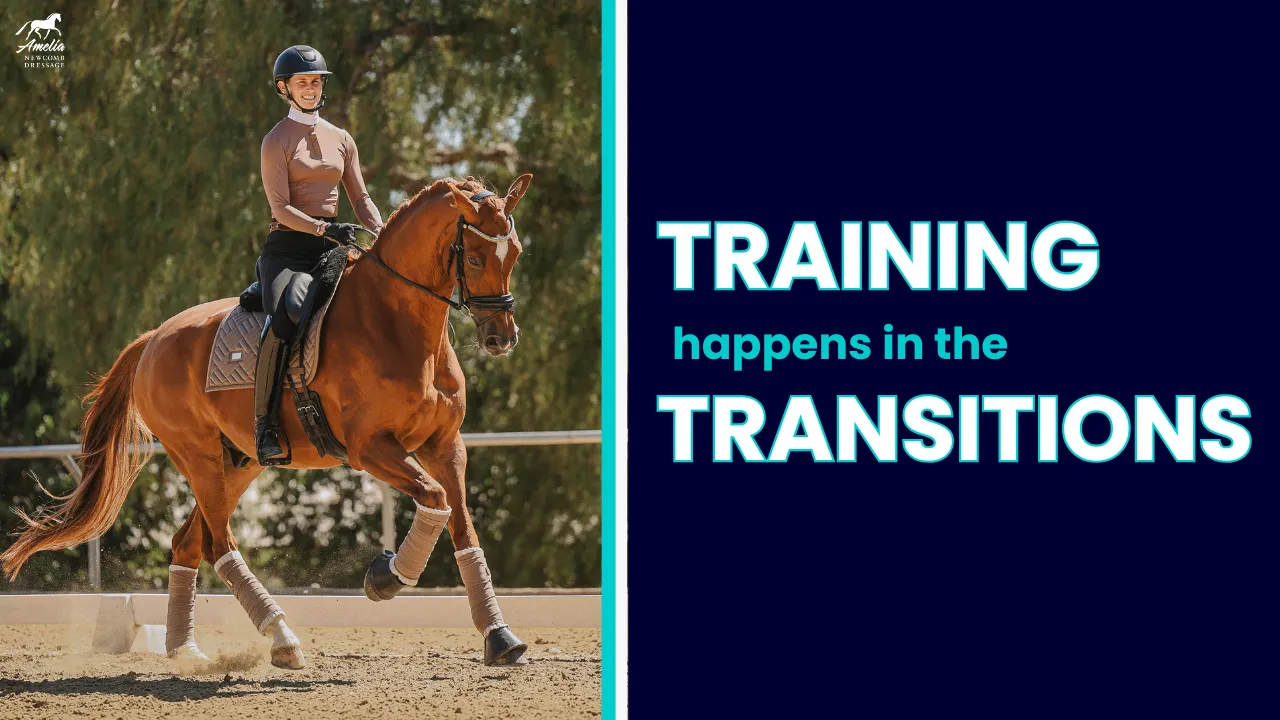In this video, we have a special guest, Sue Martin! Sue has coached me for many years and I have learned so much from her. Today, she will be talking about how to follow your horse’s motion with your seat and hands, and I will be demonstrating!
Before we get started, let’s talk about your seat bones. While you are sitting in your chair watching this video, pay attention to which seat bone you sit heavier on. Your goal is to get both seat bones even when you ride! It’s super helpful to be mindful of which seat bone has more weight on it out of the saddle!
When you are riding, the biggest thing to keep in mind is that you have to tell yourself to follow your horse’s motion. It won’t just happen on its own! To start out, we will be talking about the walk.
In the walk:
· Your pelvis should roll with your horse’s motion
· You don’t want to drive your horse with your seat, this will cause him to tighten and hollow his back
· If you stop moving with your horse, he will stop
In the sitting trot:
· Your pelvis rolls with the motion as well
· If you relax, you will flop and come out of the saddle
· If you stop moving or tense, you will bounce and your horse will hollow, slow, or stop
In the canter:
· Again, your pelvis will be rolling with your horse’s motion
· If you drive with your seat, you will push your horse on the forehand
· If you stop moving, or tense, you will bounce in the saddle, and your horse will hollow and/or stop
In all three gaits your elbows should be following your horse’s motion as well. In the walk and canter, you will follow with a forward and back motion. If you do not follow with your elbows, your horse will probably bring their head up, hollow, or become unsteady in the contact.
I hope these tips help you with your seat! Did you pay attention to which seat bone has more weight while you were watching? Comment below which seat bone has more weight on it!
Happy Riding!
Amelia
